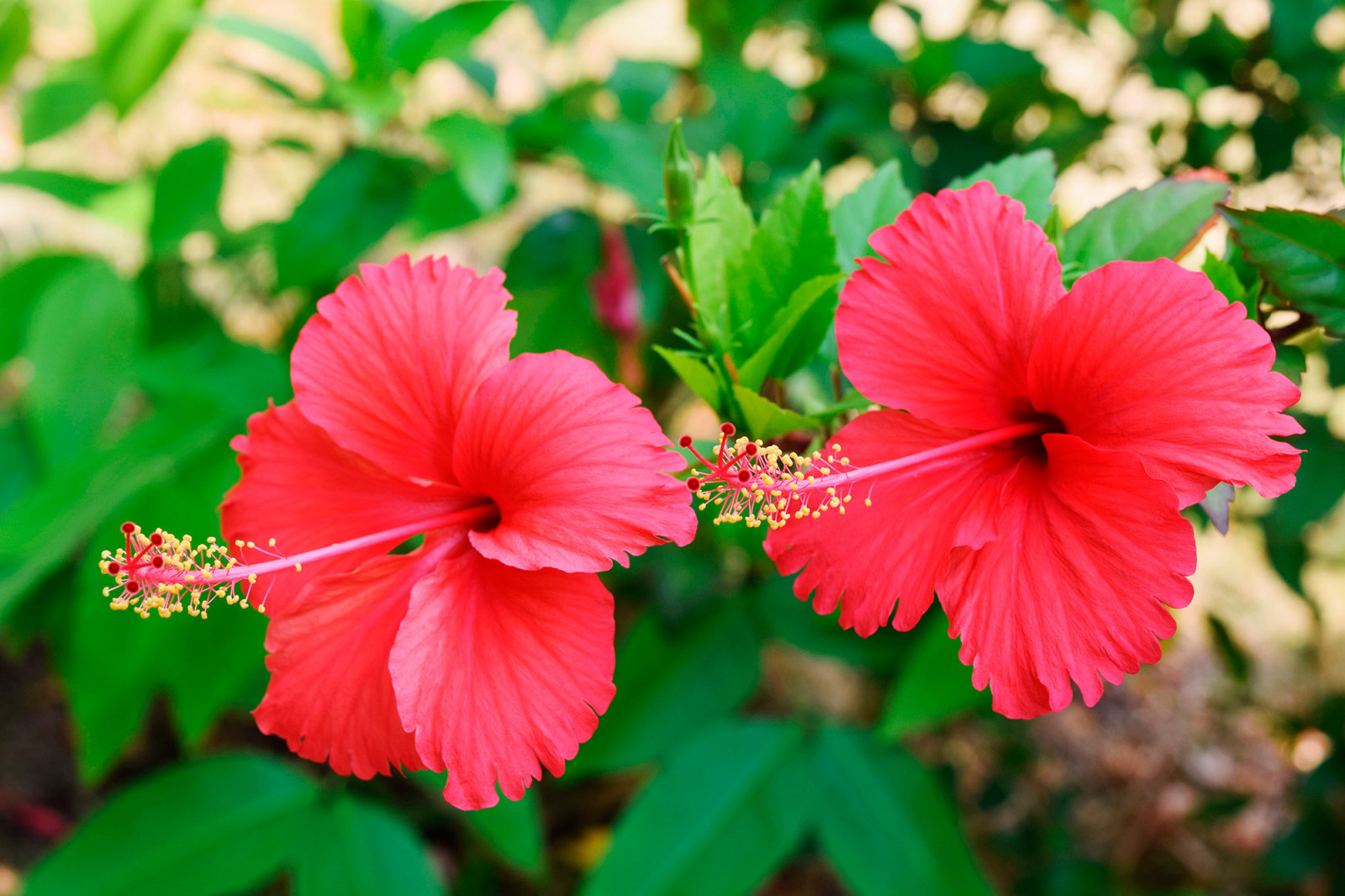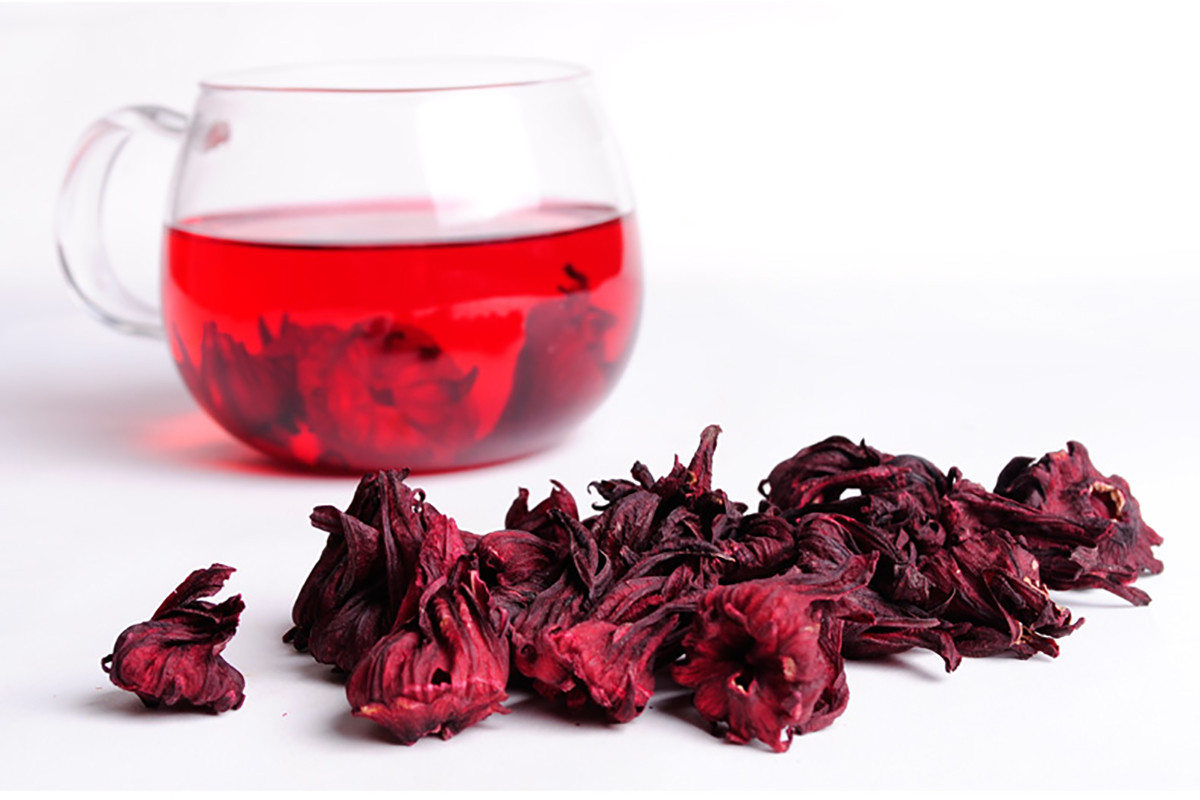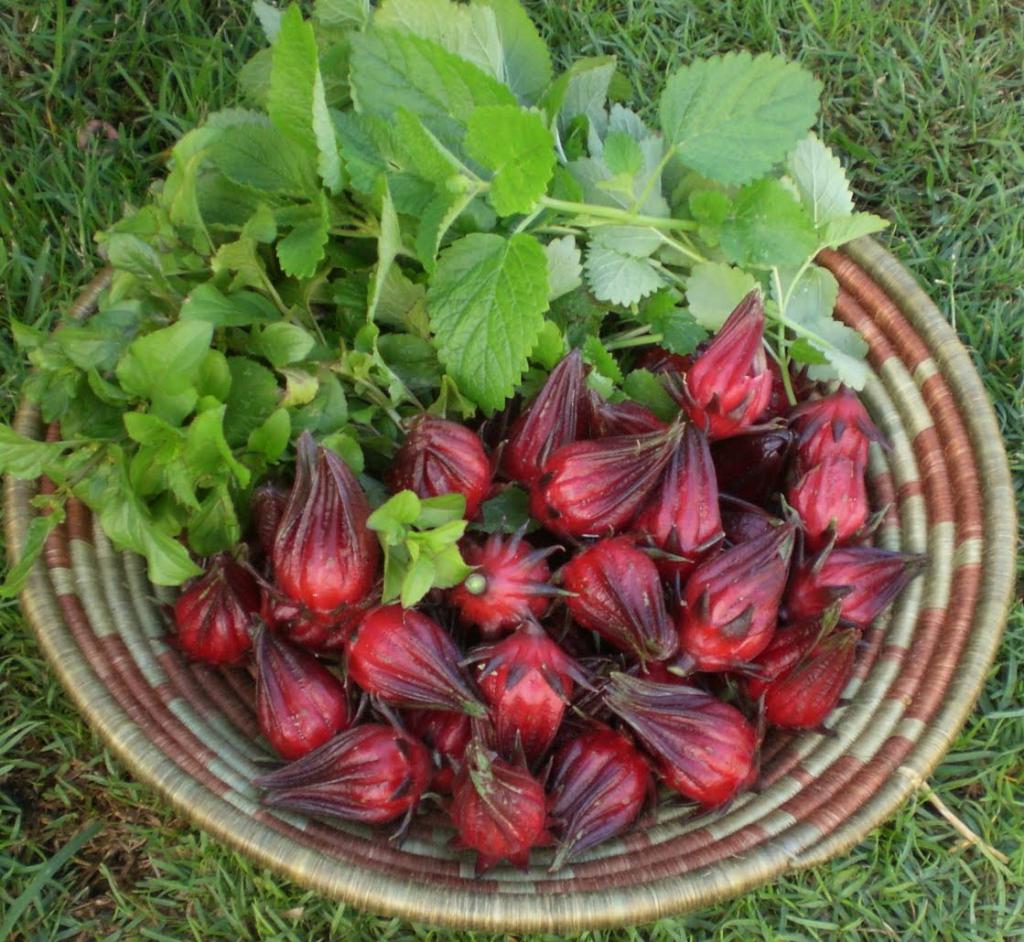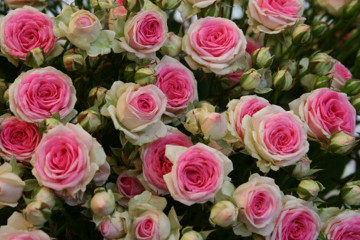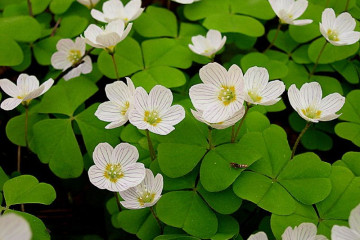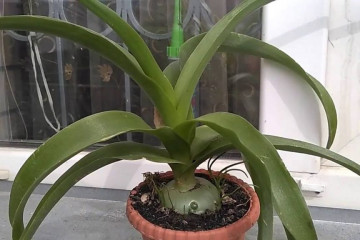Sudanese rose (Rosella, Hibiscus) - what is it
Content:
Probably every lover of exotic flowers and drinks knows the Hibiscus rose. This is a truly unusual plant that allows you to prepare a very tasty and at the same time healthy drink. It is not surprising that the Hibiscus rose is of interest to many people - both the possibility of its cultivation and its beneficial properties.
Sudanese rose (Rosella, Hibiscus) - what is it
But, of course, first you need to figure out what kind of plant it is. Sudanese rose, Hibiscus, Venice mallow - all this is one and the same flower, which belongs to the genus Hibiscus, Malvovy family. From this plant, the so-called drink of the pharaohs is prepared, which is known among the inhabitants as Karkade.
Description, what it looks like, characteristics
In general, the plant is very beautiful, it is a tall herbaceous shrub - in the wild, it may well grow up to 3.5 meters. It boasts a very powerful root system, which allows it to get water from a considerable depth, surviving even in the driest regions.
Young plants have deep green stems and are reddish on top.
The leaf plates are serrated, slightly rough. The flowers are beautiful, bright red in color and at the same time quite large - up to 6 cm. They are collected in inflorescences, which makes them look even more spectacular.
Application, medicinal properties
However, this plant is not only beautiful in appearance, but also can bring serious benefits. The composition of the drink made from its flowers includes:
- bioflavonoids,
- vital trace elements,
- valuable fruit acids,
- vitamins B, C, R.
Many experts recommend drinking this tea to artists, photographers, as well as people working at a computer - the substance quercetin, which is part of it, relieves fatigue from the eyes, and at the same time sharpens vision. And the whole complex of vitamins makes it an excellent remedy for the prevention of seasonal colds.
But there are also contraindications. For example, people suffering from diseases affecting the gastrointestinal tract, it is better not to drink it - the drink can do serious harm, increasing the level of acidity.
Can I grow it myself
The next question that often arises among lovers of unusual plants - is it possible to grow it in the country? Unfortunately, the Sudanese rose is suitable only for the southern regions, where the temperature, even in winter, rarely drops below zero.
In general, the plant prefers a warmer climate - not lower than +15 degrees. Therefore, in most cases, it is grown at home, just as a very beautiful and exotic flower.
How the Sudanese rose is grown
Of course, people living in warm latitudes may well try growing hibiscus outdoors. If frosts are possible in winter, you should think about a reliable shelter - for example, a prefabricated greenhouse.
The first flowers will appear on the plant at about 5 years old when propagated by seeds and 3-4 years old when using cuttings.Therefore, there is no need to expect quick results when growing a Sudanese rose.
Well, the rest have no choice but to grow an unusual flower right at home, for example, on a windowsill.
Propagation by cuttings and seeds
Of course, purchasing Sudanese rose seed is much easier - you can easily order it online. In addition, an important feature is good germination - even after 3-5 years, almost all seeds hatch.
Landing does not cause serious problems:
- The planting material is disinfected - you can stand for about an hour in a warm solution of potassium permanganate.
- The seeds are soaked in a suitable growth promoter - the easiest way is to keep them in a cotton cloth soaked in Kornevin's solution until the first shoots appear.
- Sprouted seeds are planted in separate pots and after 20-30 days the first shoots will appear above the surface.
Breeding with cuttings saves a lot of time - at least 1-2 years. But it is also much more difficult to get them than seeds. The problem is complicated by the fact that you can only use young shoots - annuals. It is best to plant them in late spring - early summer. The optimal length of the cuttings is 10-15 cm.
The day before planting, the cuttings are dipped in a solution of a root growth stimulator, and then planted in a pot with a suitable soil mixture. To create a greenhouse effect, the pot is placed in a plastic bag or the stalk is covered with a cut plastic bottle.
How to plant at home
However, it is not enough to know how to propagate a Sudanese rose. It is equally important to have an idea of the optimal conditions of detention. Still, this plant is quite whimsical, and even minor mistakes may well lead to the fact that it withers and dies. Therefore, there are simply no trifles here - you need to understand thoroughly and in everything.
Planting soil
Of course, first of all, deciding to plant a Sudanese rose at home, you need to choose the right soil. Regular soil from the store will not work - you will have to compose the substrate yourself. On the one hand, it should be light, and on the other, nutritious. Also, the plant reacts positively to acidic soil.
It is best to mix in equal proportions:
- sand,
- leafy ground,
- peat,
- humus.
On such soil, the Sudanese rose will grow and develop as quickly as possible.
Necessary conditions for growing
For the plant to feel comfortable and grow quickly, you need to create optimal conditions. One of the most important is the correct temperature. Best of all, the Sudanese rose feels at +15 .. + 18 degrees in winter and at +20 .. + 25 degrees in summer.
In addition, she likes high humidity. If the apartment is too dry, then the leaves will begin to dry - from the tips, and then on and on. To avoid this is quite simple - spray the plant from a spray bottle once or twice a day.
Protection against diseases and pests
Any plant can suffer from various pests and diseases. Hibiscus is no exception. Therefore, you need to prepare for such a turn in advance.
Of the pests, common aphids and spider mites are the most problematic. However, they do not like moisture and usually do not appear with regular spraying. If the insects are still wound up, then any drug can be used - most often two or three treatments are enough to solve the problem.
The most dangerous diseases are bacterial cancer and anthracnose. A very effective remedy for the latter is a 1% solution of Bordeaux liquid. Bacterial cancer is much more dangerous - the plant will have to be destroyed so that the disease does not spread to others.
The Sudanese rose is not included in the list of the most whimsical, although it requires certain conditions of detention. Any novice flower lover will be able to grow hibiscus if he sets himself such a goal and studies the theory.
